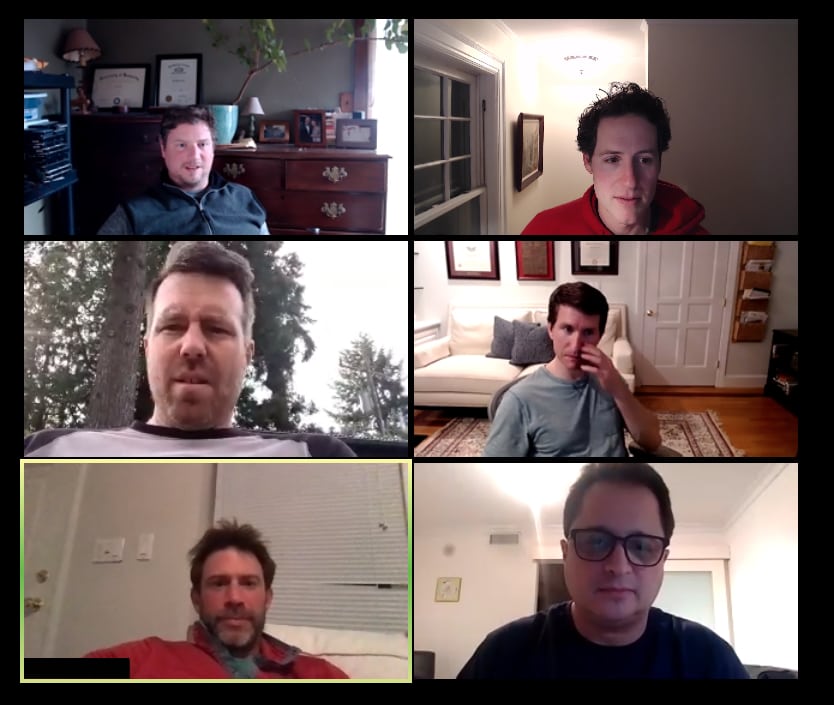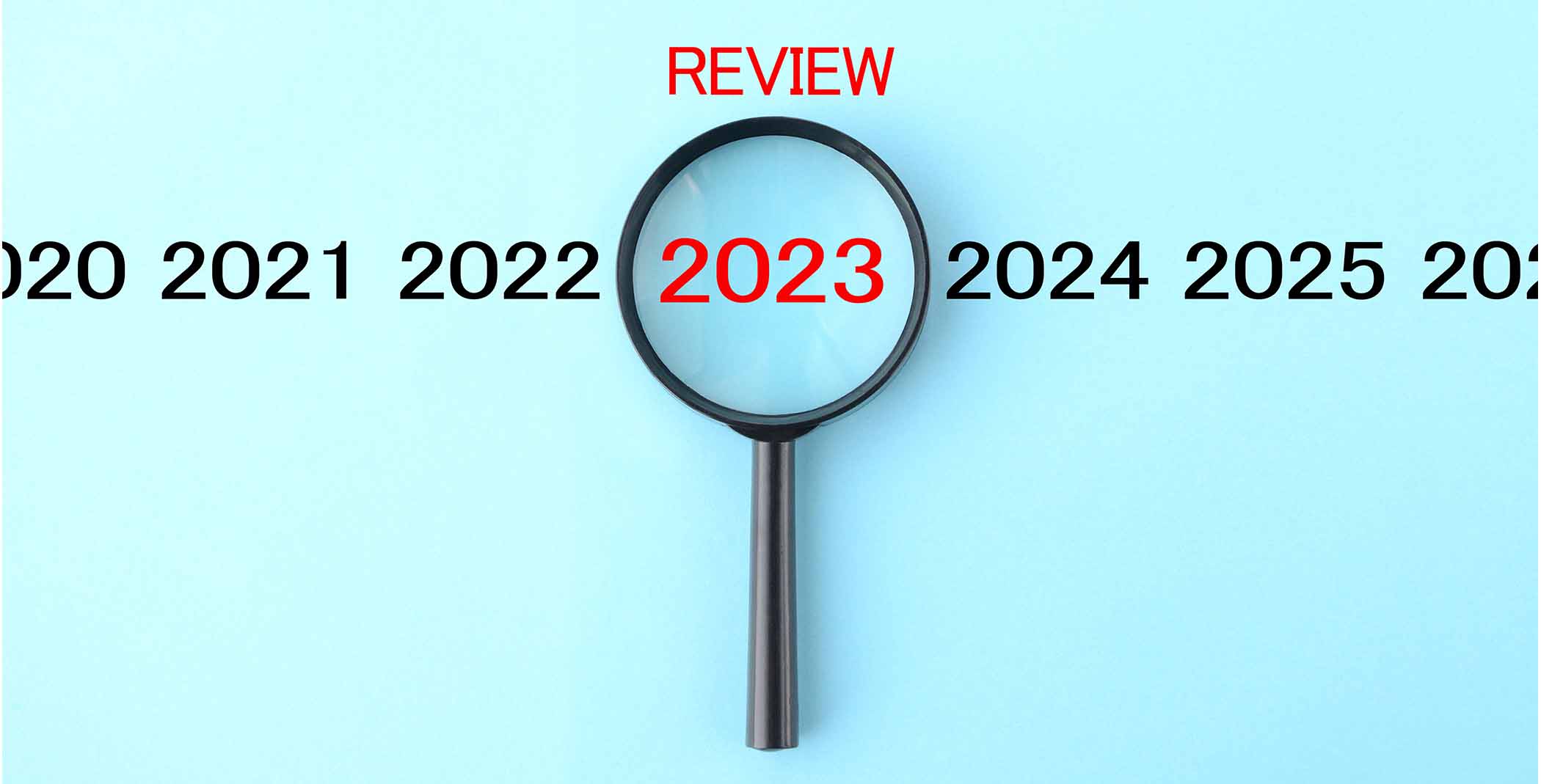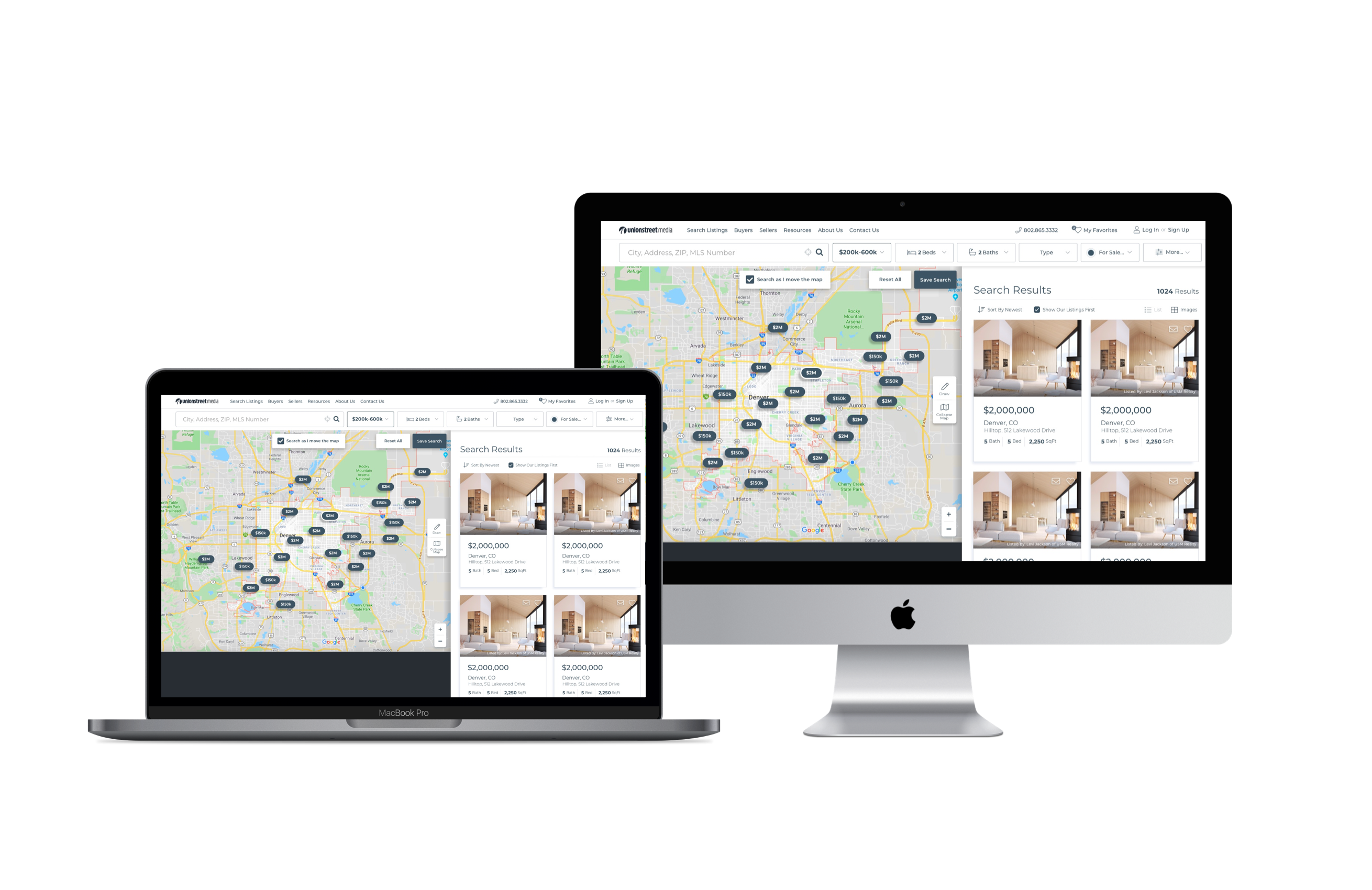Lights, Camera, Action!
Growing up, I was allowed half an hour of TV a day. The only exception was Mr. Rogers or Sesame Street. Back in the 80s, you couldn’t stream whatever you wanted whenever you wanted, so it was a lot harder to watch TV.
In college, I would frown upon people that would schedule their weeks around watching television. Get together to watch ER at 8 o’clock on a Thursday? No thanks. I wasn’t going to plan my life around a TV show.
I remember the first time I saw someone watching a video on their computer. They were streaming CNN from their dorm room. I thought… now that’s cool!
Fast forward 20 years, the way we use video has completely changed the way that we consume content. My kids refer to the iPad as “the TV”. What they don’t know is that It has nothing to do with what TV was in the past. (Sometimes when they complain about there being no Internet on a drive, I have to explain that “Daddy had to wait 20 years for Internet”).
Over the last couple of years, I’ve said that the future of the Internet is to be watched not read. Reading is hard, watching a video is easy. The way that people have changed their video consumption over the last two months is incredible and they could have changed their video consumption in the same way a year ago or more. It just took a pandemic causing us all to be at home that resulted in this huge shift.
Let’s get a show of hands from the audience:
Raise your hand if you’ve been on a zoom call with your extended family, your friends from college, or a prospect over the last month.
Now, raise your other hand if you’ve received a FaceTime call from someone that’s never FaceTimed you before in the last two months.
????♂️

The best example to me of how people changed their video usage happened last weekend: My six-year-old was on a Zoom call with his four-year-old cousin, who picked up her mother’s phone, unlocked it using a six-digit code, and called their other four-year-old cousin on FaceTime.
Talk about digital natives.
Could we have done either of those activities pre-COVID? Of course. However, necessity is the mother of invention. Events like COVID-19 change the way that we live and think and work. There’s no going back to September 10th.
So what does this mean for real estate?
Get creative: During these stay at home times, real estate has been and has not been an essential service depending on the state. In some of our markets, where brokers have been unable to leave their homes, they have set up FaceTime calls between the owner and the potential home buyer. The homeowner is giving the tour.
Now, imagine if someone suggested you do that three months ago? The response would have included two words between “shut” and “up”.
Once the stay at home orders have been lifted, some people are not going to want to look at properties in person. We have clients doing FaceTime home tours with buyers in other parts of the country who, for many reasons, are reluctant to travel right now.
“If the meeting doesn’t happen on video, it doesn’t count”: This has been my mantra to the client success team at Union Street Media over the past couple of years. When you speak with someone on camera, you can read body language. When you talk to them on the phone you can hear tone. When you email or text with them, you get nothing. There is no better substitute for communicating with a prospective buyer, seller, or partner than doing it on camera. Pay attention to your background. Order a better webcam for your computer. Expect that going forward talking on video is the new normal.
Record it and put it everywhere: One of the people I most enjoyed meeting this past month (no, we didn’t “meet” in person, we met over multiple video calls and I still feel like I know her and really like her), put a video bio that she had done several years ago into her email signature this past week. Another client drove around his town during the stay at home orders and put together a video about why it was an awesome place to live. We have recorded and posted multiple webinars communicating the same things we used to share one on one and are now doing them one to many. At my request, the best law firms in Vermont, in my opinion, put on a webinar this morning about how we can return to work successfully. They recorded it and are sharing it.
I still don’t watch much television. At this point, I probably never will. However, like all of us, the use of video is now an everyday occurrence in my life. I think the human connection it provides and the flexibility it offers makes us all the better for it. Here’s to hoping the increased use of video is not a COVID-19 fad.










